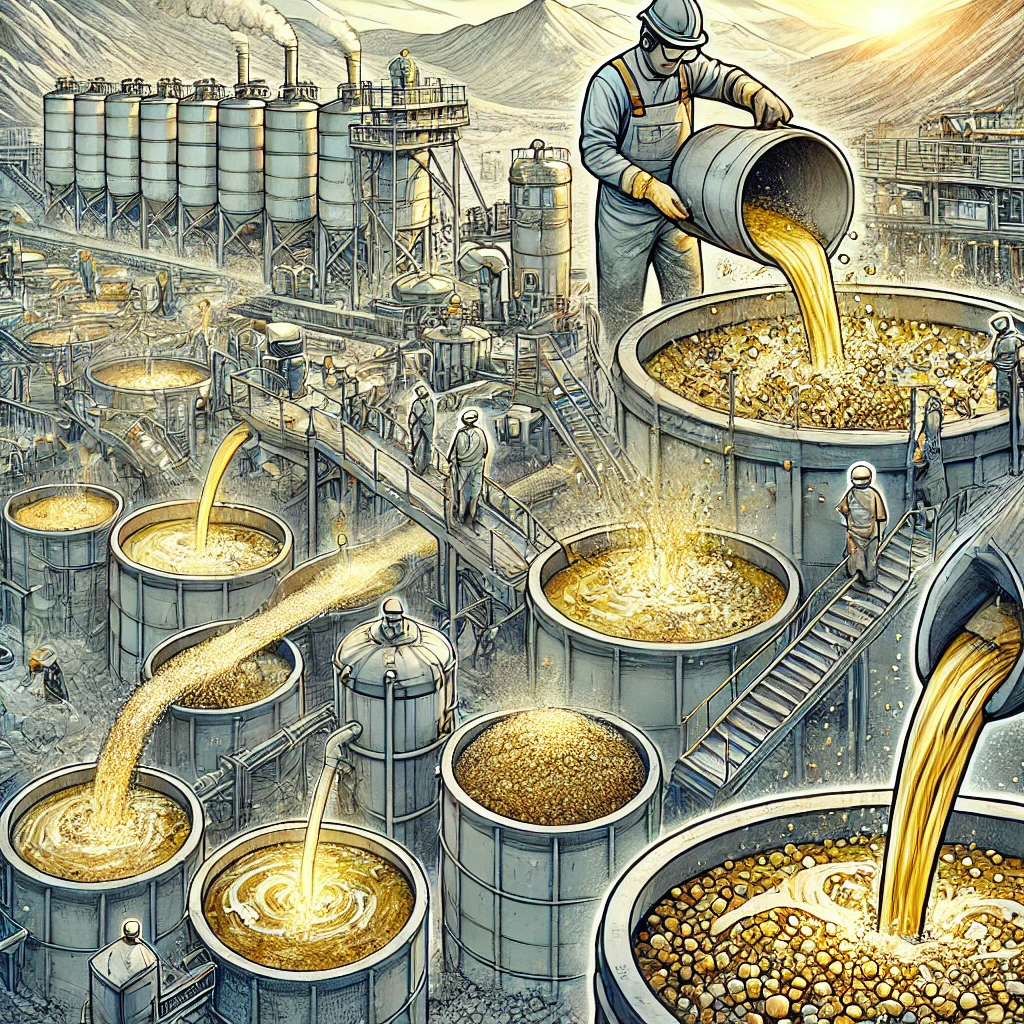BHP (ASX: BHP) has revealed the signing of a partnership agreement with HBIS Group, one of the world’s major steel producers. The collaboration aims to conduct trials on direct reduced iron (DRI) production, utilize BHP iron ores in blends, and advance a separate enhanced lump stage 2 trial focused on reducing carbon emissions from blast furnaces.
As part of the agreement inked in December, the companies intend to facilitate the exploration of alternative electrified methods for steel production across a broader spectrum of iron ores. The collaboration will involve conducting commercial-scale trials of direct reduced iron (DRI) production using BHP iron ores in blends at HBIS’s recently commissioned DRI plant. Subsequently, the performance of the DRI in downstream steelmaking processes will be thoroughly evaluated.
DRI plays a crucial role in BHP’s strategies for achieving near-zero-emission steel production and contributes significantly to the steel industry’s decarbonization journey. The DRI plant utilizes hydrogen-rich gas byproducts within the steelworks to transform ore into a metallic iron product, subsequently refined for steel production.
The stage 2 trial for enhanced lump will concentrate on the current blast furnace (BF) steelmaking route, aiming to curtail carbon emissions by elevating the utilization of direct charge lump and diminishing the dependence on agglomerated feed, which typically demands fossil fuel energy, as outlined by BHP.
The most recent partnership agreement with HBIS will leverage the investment commitment of up to $15 million over three years, as outlined in a previous Memorandum of Understanding signed by BHP and HBIS in 2021.
HISB Group stands as a crucial ally for BHP and a trailblazer in evaluating and showcasing various avenues to diminish greenhouse gas emissions in steelmaking, stated BHP’s Chief Executive, Mike Henry. He further added, our collaboration with esteemed partners such as HBIS Group, coupled with our internal initiatives, is geared towards expediting advancements in reducing greenhouse gas emissions throughout the entire value chain.










